Expand L1, let Rollup return, integrate everything, and launch as soon as possible.
Author: mteam.eth
Compiled by: Deep Tide TechFlow
Any successful blockchain must create a flywheel effect as shown below:
Economic progress (such as TVL, price, revenue, transaction volume, etc.) must bring attention and visibility to the chain, thereby:
Allowing new applications to receive funding, new developers to learn relevant technologies, and new users to utilize everything we have built to improve their lives, which will inevitably lead to:
Innovation, as well as improvements in infrastructure and applications to enhance efficiency and explore new use cases and architectures. Collaboration is particularly crucial during the innovation phase, but this phase often leads to team dispersion due to natural incentive mechanisms. Innovation drives economic progress, and the cycle begins anew.
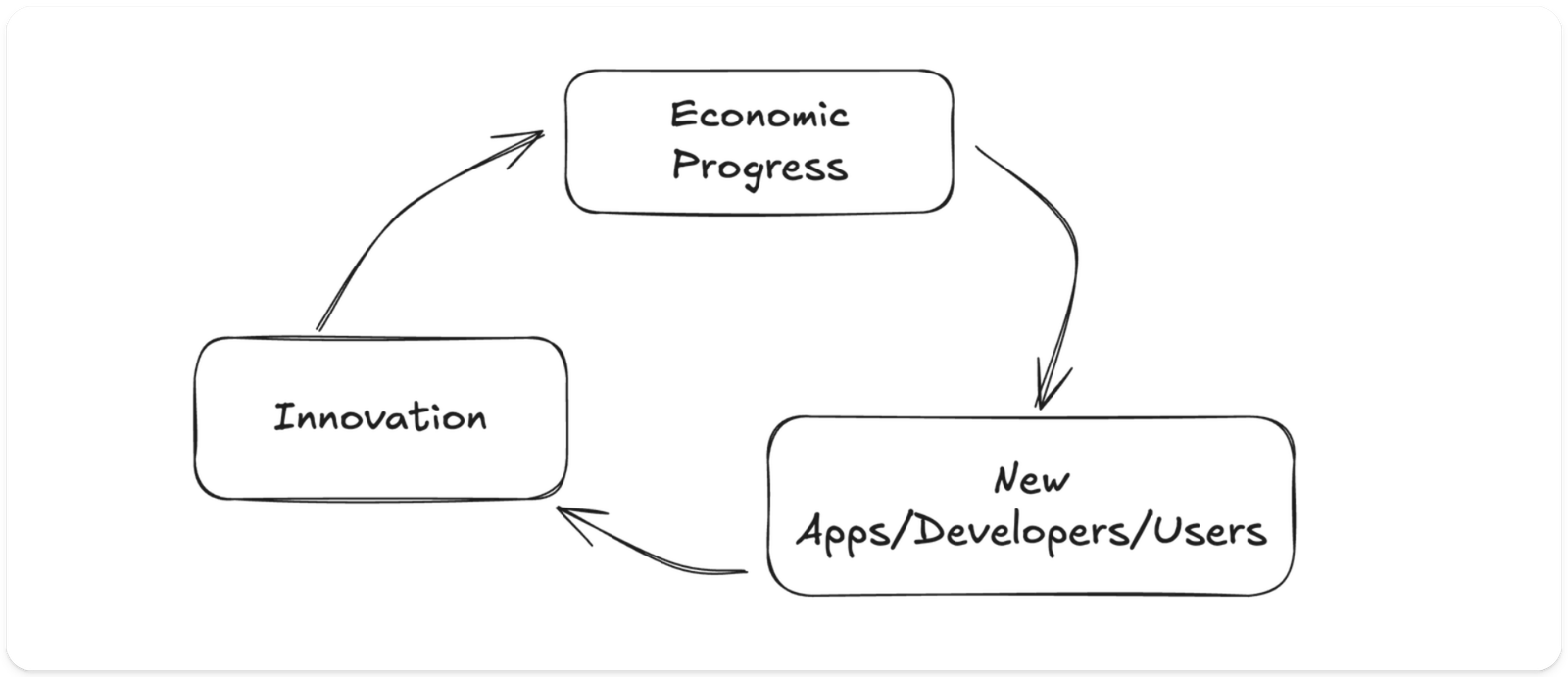
The problem facing Ethereum is simple—we have broken every part of this flywheel.
Note: This article discusses Ethereum's high-level technical roadmap and does not focus on the social-level roadmap. Both must be combined to present a complete picture.
First, accept the problem
New applications, developers, and users are on L2! Innovation is happening on L2! Economic progress is also shifting to L2.
If these L2s can provide feedback to the flywheel, it is not a problem for Ethereum, but this situation is often not common.
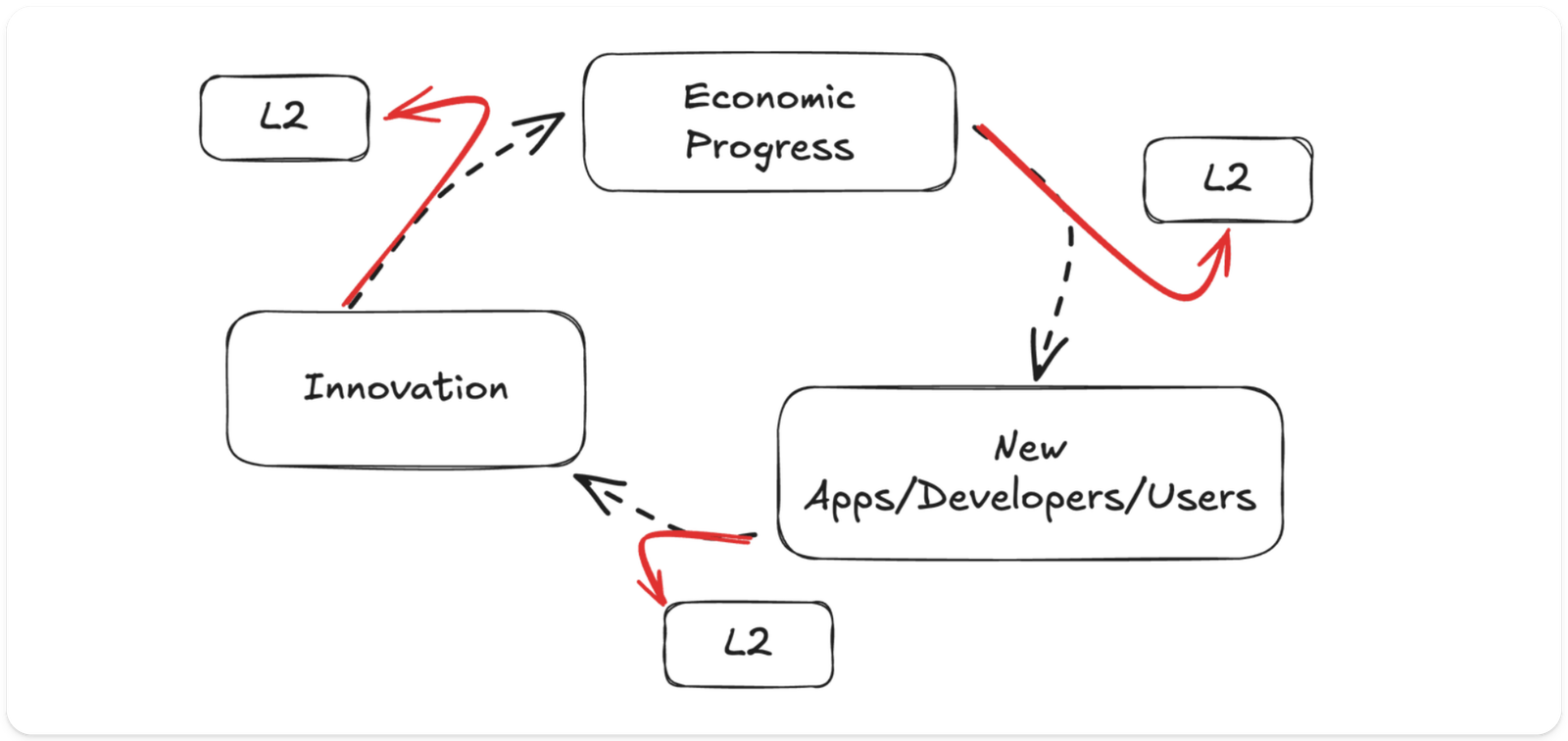
Where is the root of the flywheel break?
Ethereum (around 2020) believed that scaling through Rollup was the only way to scale, and severely overestimated the contribution of L2 to the overall flywheel of Ethereum.
Rollup is seen as a scaling solution. Compared to sharding, Rollup seems simpler, avoids diluting the security of Ethereum L1, and can even bring better composability.
But Rollup is not just a scaling architecture; it is also an incentive architecture. A simplified logical chain might be:
We need to scale Ethereum.
Some form of sharding is a necessary condition for scaling a blockchain with the characteristics we need.
In protocol execution, sharding is too complex and has other issues.
Therefore, Rollup is the only way to scale Ethereum.
In my view, the second point here is the first major mistake. It is empirically obvious that we were wrong (at least to some extent). For example, Solana and Monad have both demonstrated reasonable scaling roadmaps that do not involve any form of sharding. Meanwhile, many core Ethereum developers have proven that we can push the performance of L1 further than it is now.
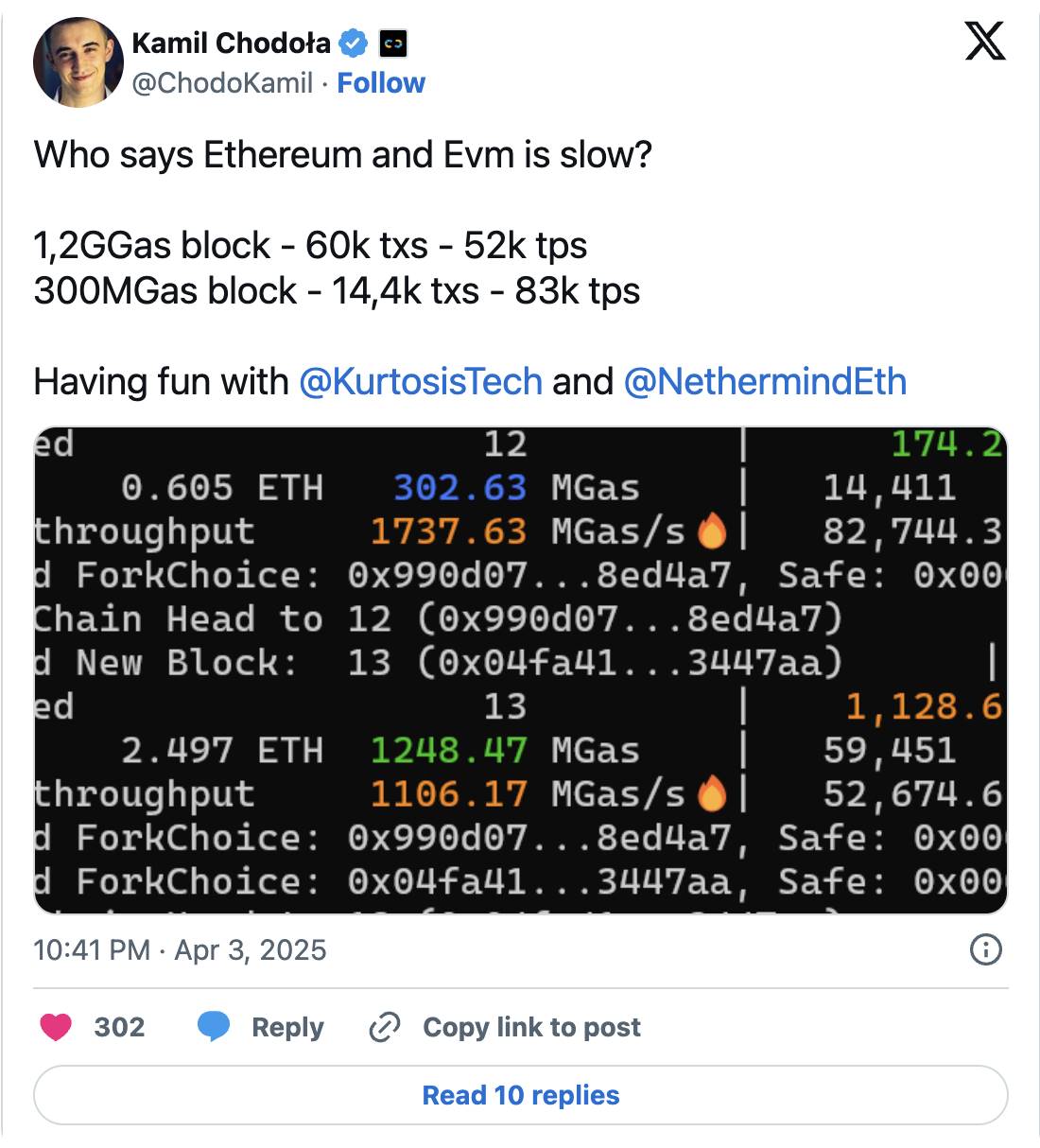
While I do not believe a single chain can meet all needs, I think we pushed towards this endpoint before pursuing L1 scaling opportunities.
The fourth point in this reasoning is also insufficient. We failed to properly assess the potential downsides of a Rollup-centric roadmap on the L1 network effect flywheel.
The ideal flywheel
I believe we can reconstruct the network effect flywheel like this:
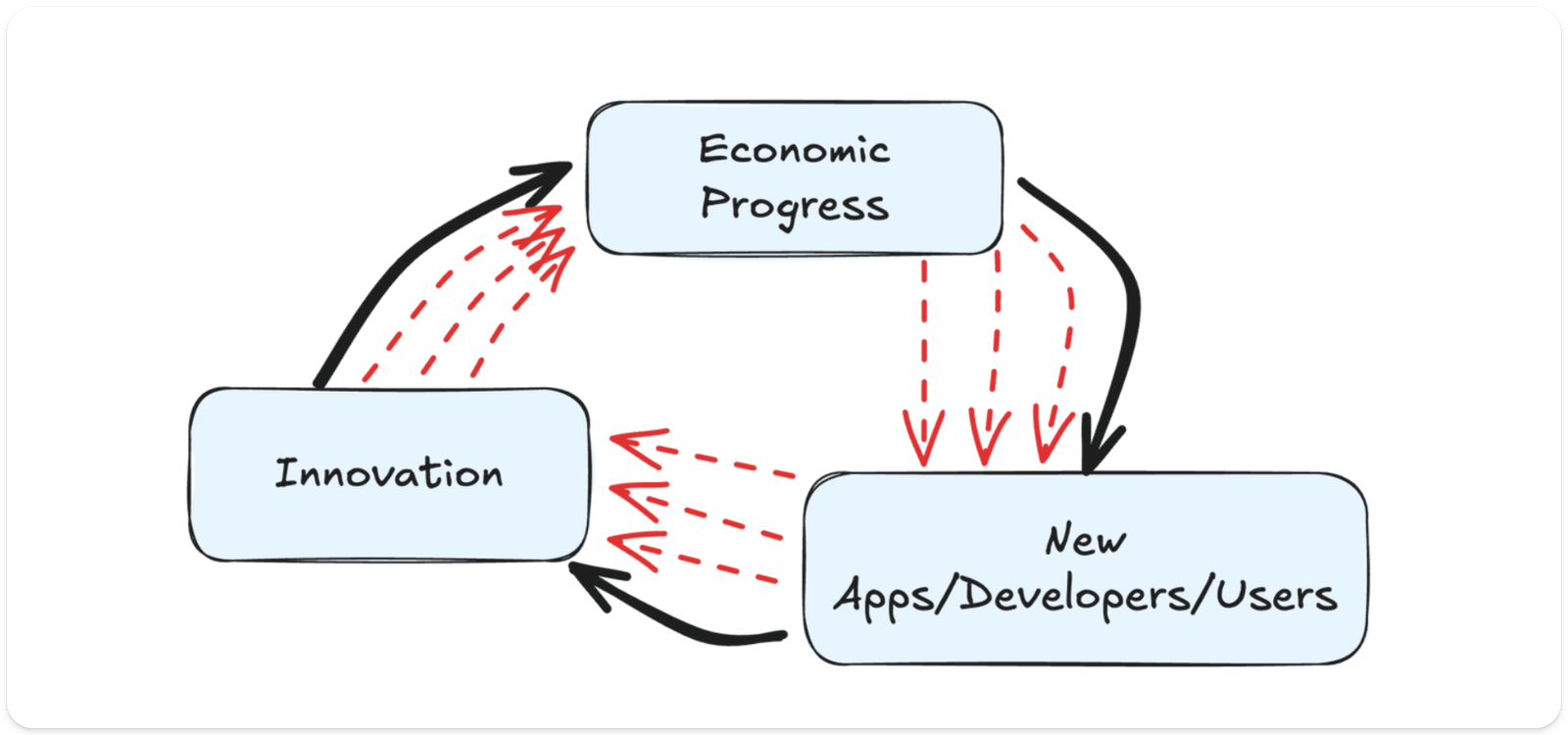
L2 should not siphon off network effects from the flywheel but should accelerate the flow between each network effect.
Specifically, this means:
Providing nearly unlimited flexible scaling as overflow
Promoting customization, specialization, and bold experimentation
Attracting users and developers
Increasing the total revenue of the Ethereum ecosystem as well as the revenue of Ethereum L1 itself
Maintaining high composability with Ethereum
This interaction has the expected effect on both Ethereum and L2—rising tides lift all boats.
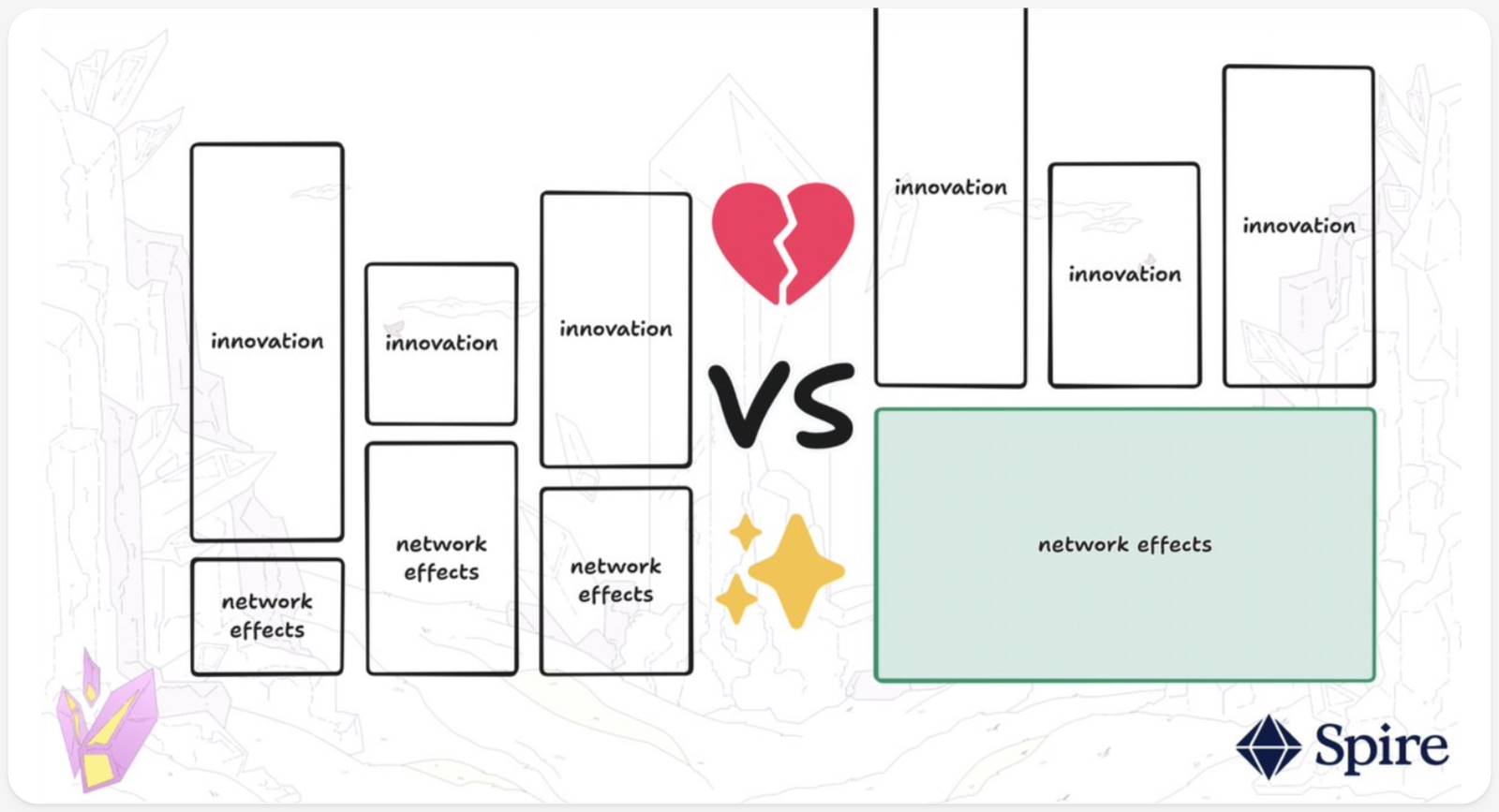
My presentation slides from "Sequencing Day" in November 2024
A solid foundation
To effectively restart the flywheel, we need a strong L1. A L1 worth composing. A L1 worth holding ETH in your treasury. An innovative coordination point.
How to achieve this? The answer is simple. Actively scale L1.
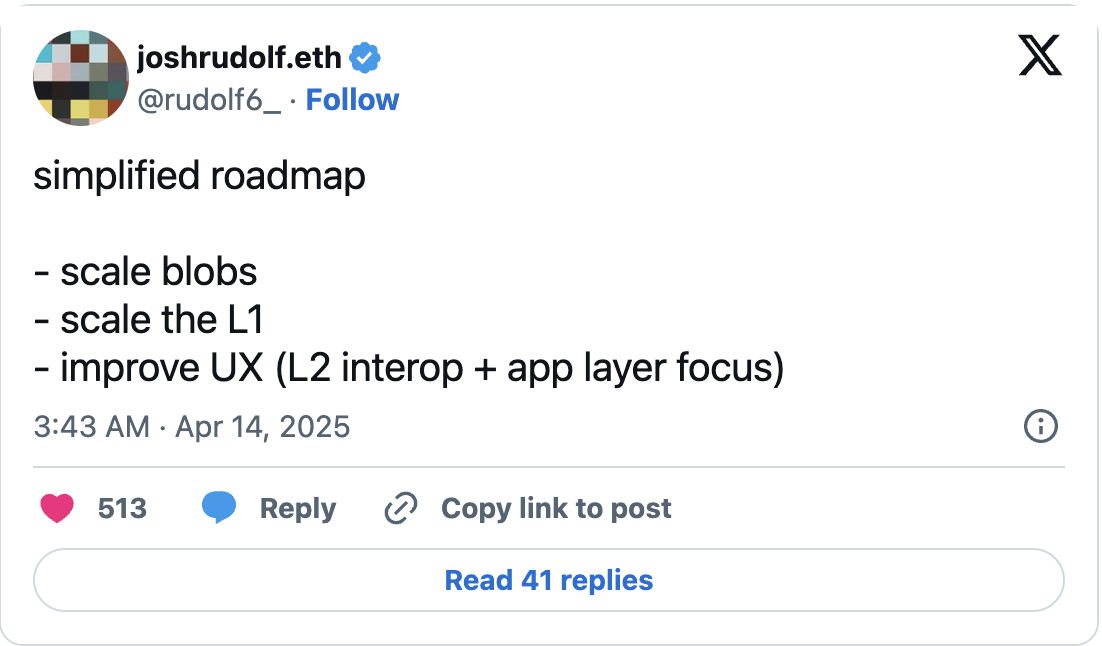
We start with innovation at the L1 level.
There are three reasons:
Scaling L1 increases network effects under the ideal flywheel
Scaling L1 raises the competitive threshold for any L2
Scaling L1 benefits L2! (Especially the kind I will discuss in the next section)
Most readers of this article may understand what scaling L1 means in practice, but the core is to increase TPS and Gas per second while reducing slot time. We must build Ethereum L1 into the most powerful settlement network, yes, but also an execution network.
Together, this is the solid foundation that L2 needs.
Let Rollup return
As L1 scales and establishes its own network effects, there is no time to waste in optimizing L2 to contribute to the ideal flywheel.
Several things need to be balanced here:
Ethereum gives the impression to Rollup that they will be prioritized within Ethereum.
Rollup has successfully grown its own network effects.
Any shift back to L1 scaling must be cautious and not completely alienate major L2s (although some L2s have no reason to exist and should absolutely be phased out).
I propose a simple Rollup design:
Rollup uses Ethereum for data availability (DA).
Rollup uses Ethereum for execution. This means it is a native Rollup.
Rollup uses Ethereum for ordering. This means it is a Rollup-based design.
Rollup uses ETH as its native Gas token.
This design of Rollup is referred to as "Ultrasound Rollup" and "Base + Native Rollup." I have written about them in detail!
"Ultrasound Rollups" are currently not feasible on Ethereum. To enable its native part, Ethereum needs to add a new opcode through a hard fork, namely the execution engine opcode. The ordering-based design also currently has some practical issues, all of which are closely related to scaling L1.
Assuming we can achieve this, what do we get?
Ultrasound Rollup contributes to Ethereum's network effect flywheel by maintaining composability and achieving customization. Their combined scaling capabilities are theoretically very powerful, and any Ultrasound Rollup can drive execution like MegaETH or RISE. Ultrasound Rollup is not a step back but a necessary step forward.
The synergy between Ultrasound Rollup and Ethereum is so strong that I see it as an extension of Ethereum's network effects. Solana's philosophy on network scaling is correct, but Ultrasound Rollups are not just about increasing Ethereum's capabilities; they are themselves the network of Ethereum.

Existing Rollups have the potential to transition to Ultrasound Rollups. In fact, some teams have already committed to further exploring this option. New Rollups and application chains (Appchains) should prioritize this direction.
Through this approach, a unified Ethereum ecosystem can achieve "Universal Synchronous Composability," bringing insane scaling capabilities while also possessing infinite expressiveness.
In this ecosystem, user and developer activities occur on L1 or specialized Rollups. Important and controversial states may still remain on L1. Developers can build cross-chain applications without worrying about the underlying gaps between chains. Users experience chain abstraction within the economic zone of Ethereum scaling.
This is the era of integration for Ethereum.
From "multiple choices" to "the obvious choice"
Ethereum is building top-tier data availability (DA), ordering-based Rollups are outputting our continuously improving ordering technology, and native Rollups will provide exceptional execution capabilities.
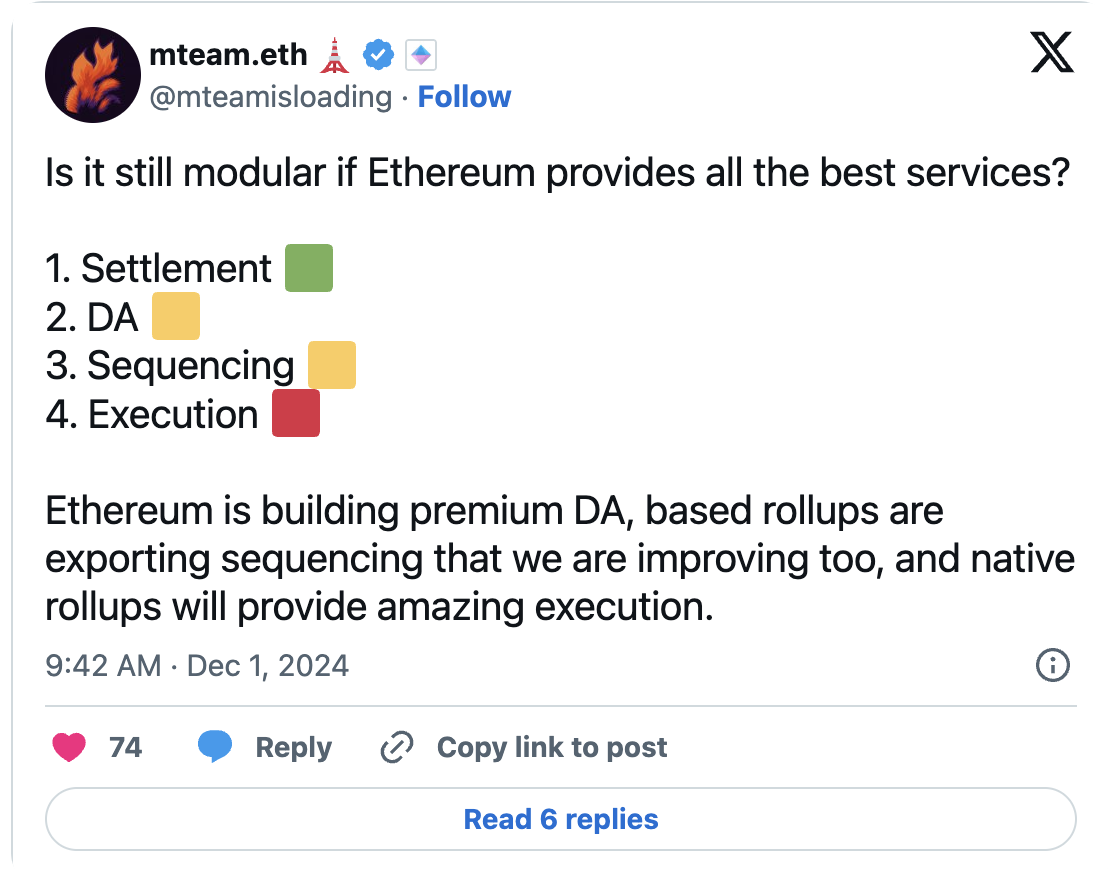
Ethereum L1 integrates core Rollup services into a unified Ultrasound Rollup. While the market remains permissionless and chains can stay modular, Ethereum itself provides such important and comprehensive services that any competitor becomes irrelevant.
In this model, the accumulation of value (in the form of fees) becomes clear: provide the most valuable services, access the largest synchronous economic zone, the strongest economic security, the most censorship-resistant ordering, the most reliable settlement layer, and the safest data availability.
The narrative naturally forms: "Ethereum is the best" -> Ethereum truly is the best.
Scale L1.
Let Rollup return.
Integrate everything.
And launch as soon as possible.
免责声明:本文章仅代表作者个人观点,不代表本平台的立场和观点。本文章仅供信息分享,不构成对任何人的任何投资建议。用户与作者之间的任何争议,与本平台无关。如网页中刊载的文章或图片涉及侵权,请提供相关的权利证明和身份证明发送邮件到support@aicoin.com,本平台相关工作人员将会进行核查。




